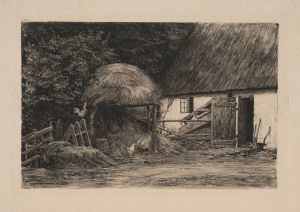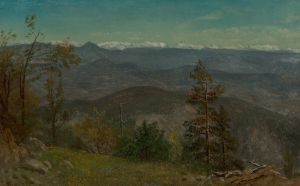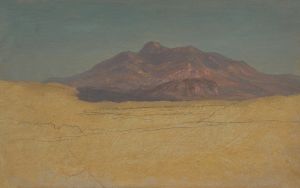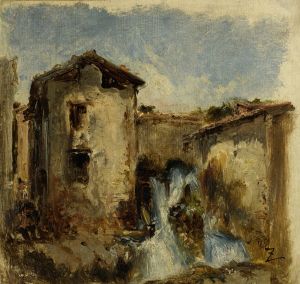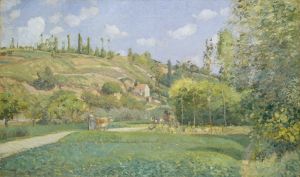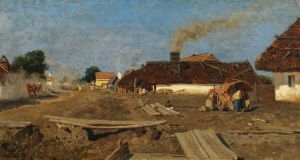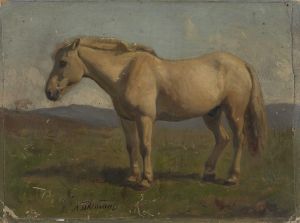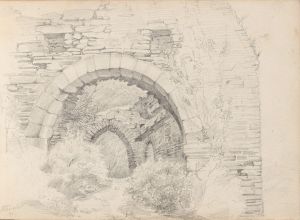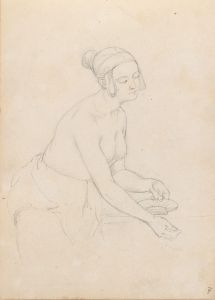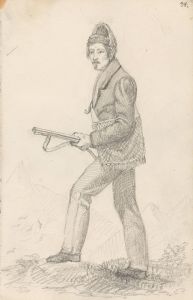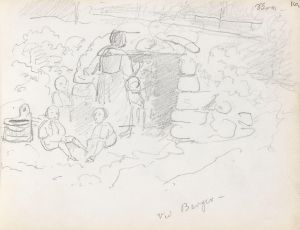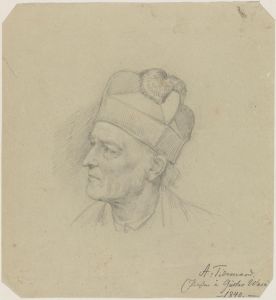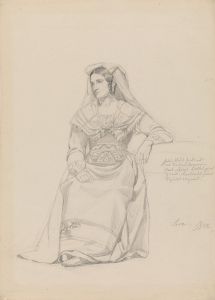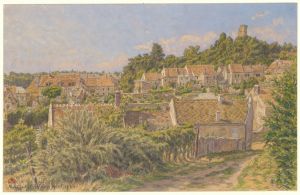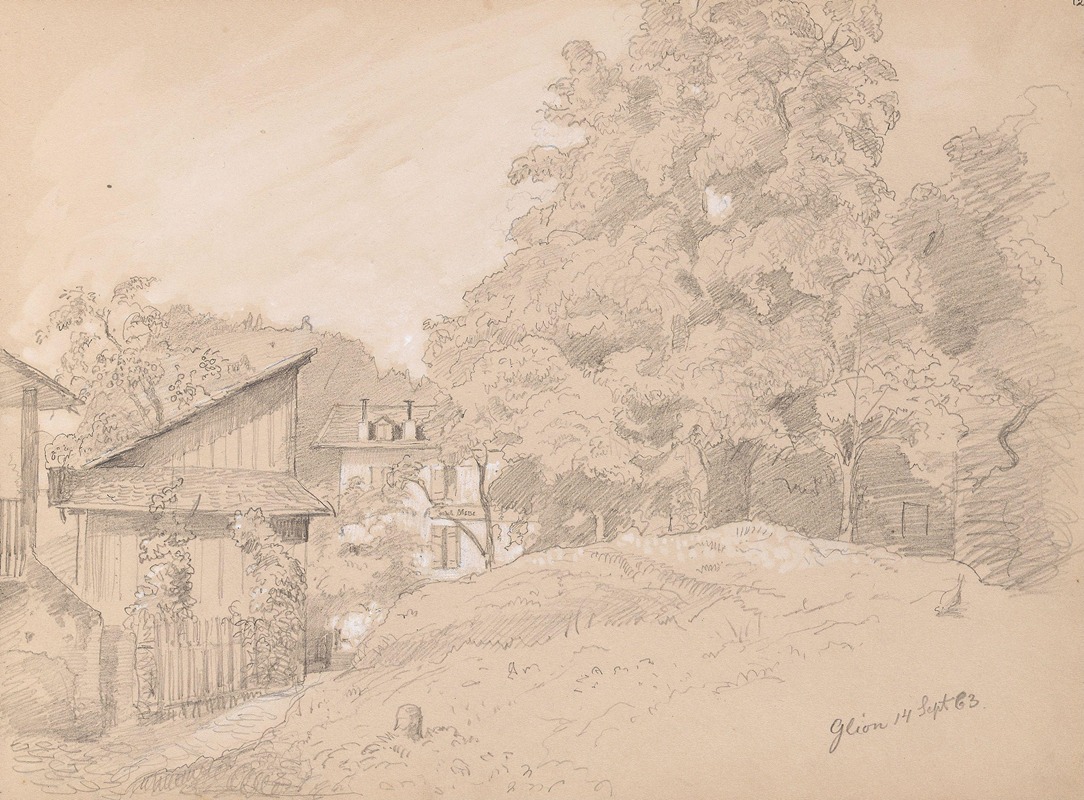
Fra Glion
A hand-painted replica of Adolph Tidemand’s masterpiece Fra Glion, meticulously crafted by professional artists to capture the true essence of the original. Each piece is created with museum-quality canvas and rare mineral pigments, carefully painted by experienced artists with delicate brushstrokes and rich, layered colors to perfectly recreate the texture of the original artwork. Unlike machine-printed reproductions, this hand-painted version brings the painting to life, infused with the artist’s emotions and skill in every stroke. Whether for personal collection or home decoration, it instantly elevates the artistic atmosphere of any space.
Adolph Tidemand was a prominent Norwegian painter in the 19th century, renowned for his depictions of Norwegian folk life and traditions. He was a central figure in the Norwegian romantic nationalism movement, which sought to celebrate and preserve the cultural heritage of Norway during a time of growing national consciousness. Tidemand's works often focused on rural life, capturing the essence of Norwegian customs, costumes, and landscapes.
"Fra Glion" is one of Tidemand's paintings, though specific details about this particular work are not widely documented in available historical records. Tidemand's oeuvre typically includes scenes that reflect the everyday life and traditions of Norwegian people, often infused with a sense of national pride and identity. His paintings are characterized by meticulous attention to detail, vibrant colors, and a deep empathy for his subjects.
Tidemand studied at the Academy of Fine Arts in Copenhagen and later at the Kunstakademie Düsseldorf, where he was influenced by the Düsseldorf school of painting. This movement emphasized detailed, realistic portrayals of subjects, often with a focus on historical or genre scenes. Tidemand's education and experiences in Düsseldorf significantly shaped his artistic style and thematic choices.
Throughout his career, Tidemand traveled extensively across Norway, gathering inspiration from the country's diverse regions. He was particularly interested in the traditional costumes and customs of rural communities, which he documented in his sketches and paintings. These travels allowed him to create a rich visual record of Norwegian cultural life during the 19th century.
One of Tidemand's most famous collaborations was with Hans Gude, another prominent Norwegian painter. Together, they created several iconic works, including "Bridal Procession on the Hardangerfjord," which combined Tidemand's skill in depicting figures with Gude's mastery of landscapes. This partnership exemplified the synergy between figure and landscape painting that was a hallmark of the Düsseldorf school.
While specific information about "Fra Glion" is limited, it is likely that the painting reflects Tidemand's broader artistic themes and interests. His works often convey a narrative quality, inviting viewers to engage with the stories and traditions of the Norwegian people. Through his art, Tidemand played a crucial role in shaping the visual identity of Norway and fostering a sense of national pride.
Adolph Tidemand's legacy endures through his contributions to Norwegian art and culture. His paintings remain celebrated for their historical significance and artistic merit, offering a window into the life and traditions of 19th-century Norway. As a key figure in the romantic nationalism movement, Tidemand's work continues to be studied and appreciated for its role in preserving and promoting Norwegian heritage.





